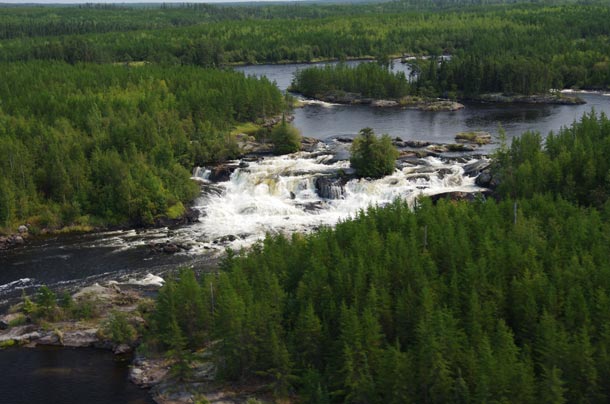
PHNOM PENH, Cambodia –International —At today’s meeting of the 37th session of the United Nations Educational, Scientific and Cultural Organization’s (UNESCO) World Heritage Committee held in Phom Penh, the Committee upheld the recommendations of IUCN and ICOMOS, the advisory bodies to the Committee to defer consideration of the Pimachiowin Aki nomination.
Comprised of 33,400 square kilometers, the Pimachiowin Aki nominated area is situated in eastern Manitoba and Northwestern Ontario. The site was nominated as a mixed site reflecting both its cultural and natural values.
“Through these proposed management plans, the Little Grand Rapids and Pauingassi First Nations have defined how the land and resources will be protected while supporting sustainable economic development opportunities,” said Selinger. “These plans form a critical part of the UNESCO World Heritage Site proposal to recognize this tract of southern boreal forest. They will also help ensure the long-term social, economic and environmental well-being of local residents and all Manitobans.”
The plans for each First Nationhave been officially submitted to the province for approval and will be finalized following a public consultation period. The planning areas form part of a 33,400 square kilometre expanse of protected southern boreal forest currently under consideration for the UNESCO World Heritage Site designationas an area of outstanding natural and cultural universal value. The area is considered rare because it is one of the last remaining sections of southern boreal undisturbed by industrial development. It is home to threatened species such as the woodland caribou.
“Our Anishinabe traditional territories are an integral aspect of our lives, well-being and our future,” said Sophia Rabliauskas, spokesperson for the Pimachiowin Aki World Heritage Project. “Our First Nations have always had the knowledge and ability to make the right decisions for our lands and have done so for thousands of years. We have welcomed the opportunity to work with our Province of Manitoba to ensure our First Nations-led land-use plans are recognized and implemented.”













